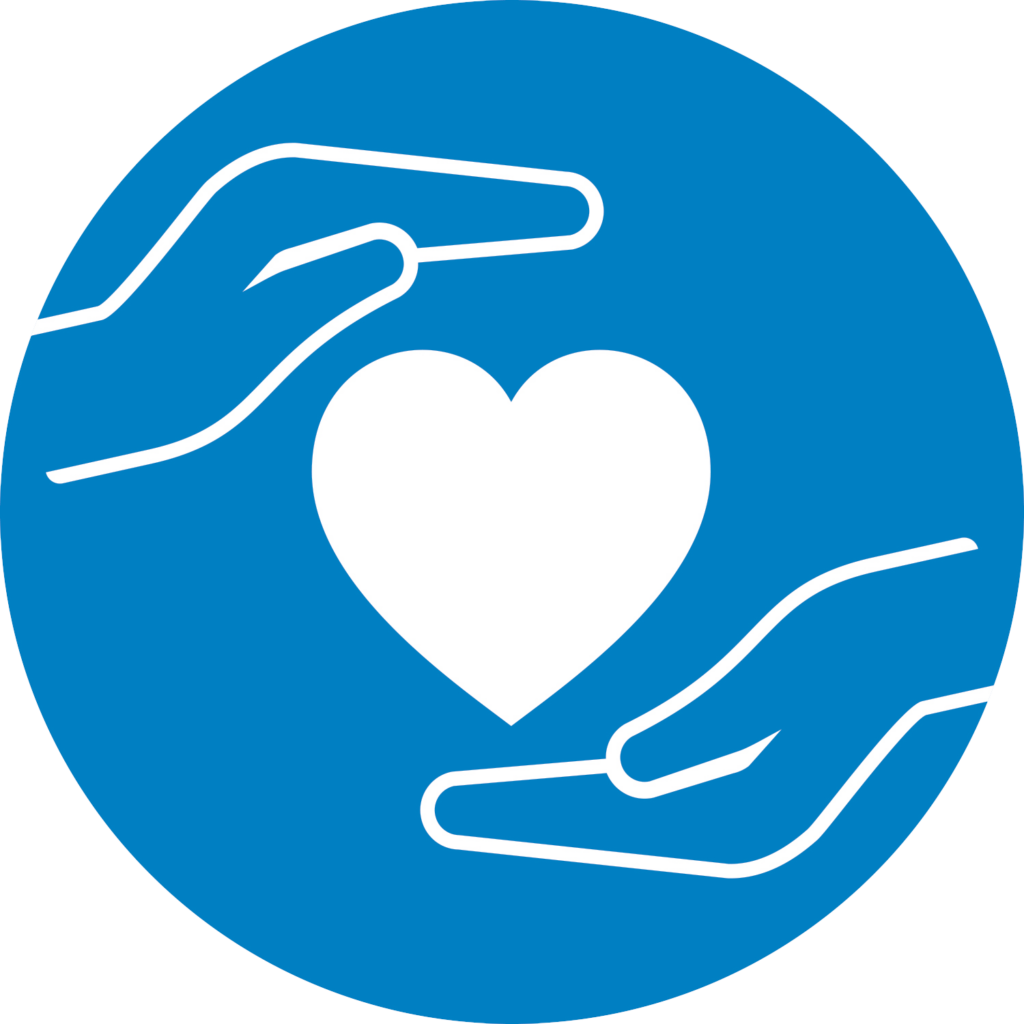Suicide Prevention
What is the issue?
Suicide is one of the top 10 causes of death in Canada. It’s a serious public health problem with lasting, harmful effects on individuals, families, and communities.
Evidence has indicated that one of the most common risk factors for suicide is a diagnosis of a mental health problem or illness. Fortunately, programs and strategies are available that can make a difference.
What are we doing?
As part of our ongoing commitment to life promotion and suicide prevention, we have created a range of evidence-based resources.
Roots of Hope
A Community-led Suicide Prevention Project, Roots of Hope builds on community expertise to implement suicide interventions tailored to local contexts. Through this project, we are building an evidence base that includes best practices, guidelines, and tools to support the development of a suicide prevention model across the country.

Learning Modules
Suicide: Facing the Difficult Topic Together
A free course designed to equip health care providers with the skills and confidence to have conversations with patients about suicide (accredited for continuing professional development). Developed by the MHCC, in partnership with the Canadian Association for Suicide Prevention (CASP) and HealthCareCAN.
Toolkits
- Suicide Prevention Toolkits
Developed by the MHCC, in collaboration with the CASP, the Public Health Agency of Canada (PHAC), and an advisory committee of people with lived experience related to suicide, these toolkits offer a repository of resources to support people who have been impacted by suicide. - Suicide Risk Assessment Toolkit: A Resource for Healthcare Workers and Organizations
Developed in collaboration with the Canadian Patient Safety Institute, provides a high-level overview of what health-care workers and organization need to consider when using suicide risk assessment tools. It also highlights and describes a range of available tools.

Webinars
A repository of webinars on suicide prevention, life promotion, intervention, and the community response to suicide (postvention).
Fact sheets
Developed through a partnership with us and the Centre for Suicide Prevention, these fact sheets provide information on suicide and
Research
- Research on Suicide and its Prevention: What the Current Evidence Reveals and Topics for Future Research
A literature summary aimed at building a shared Canadian research agenda on suicide and its prevention. Part of an ongoing initiative co-led by the MHCC and the PHAC. - Post-Attempt Followup and Regular Contact Interventions – Evidence Brief on Suicide Care
A summary of current evidence and best practices as it relates to post-discharge followup after a suicide attempt. - The Crossroads of Opioid Use and Suicide: Let’s Meet People Where They Need Us
Opioid use and suicide share many of the same risk factors and the same protective factors, addressing these factors can help prevent suicides and reduce the harms of opioid use. - COVID-19 and Suicide: Potential Implications and Opportunities to Influence Trends in Canada – Policy Brief
A summary of current evidence as it relates to the potential impact of the novel coronavirus (COVID-19) pandemic on mental health and suicide rates (including suicidal ideation, attempts, and death), risk and protective factors to monitor, and opportunities to influence trends in Canada. - Talking to Children About a Suicide
A conversation tool to help caregivers, parents, and guardians understand how to speak with children in their lives suicide when a suicide happens in the community or if someone they know has died by suicide. - Experiences with Suicide: African, Caribbean, and Black Communities in Canada
Approximately 4,500 deaths by suicide occur in Canada every year. Data exist to explain differences between sexes and age groups regarding suicide patterns; however, our understanding of the specific experiences of diverse groups is lacking. Consequently, our knowledge of factors that impact risk of suicide and, in turn, effective suicide prevention approaches in African, Caribbean and Black (ACB) communities is limited. To improve our understanding of the experiences of ACB communities with suicide, this resource was co-created by the Mental Health Commission of Canada alongside a diverse group of people from ACB communities with lived and living experience (PWLLE) with suicide. - Considerations for Implementing a Three-Digit Suicide Prevention Number in Canada
This policy brief outlines considerations for implementing a three-digit suicide prevention number in Canada. It reviews several relevant international contexts; specifically, the implementation of a three-digit suicide prevention and mental health crisis hotline (988) in the United States (U.S.) and the recently approved 113 number in the Netherlands. The brief is based on the survey, informal interviews, and a scan of academic and grey literature. The considerations it explores include the accessibility and visibility of the service, the capacity of crisis centres, training and staffing standardization, funding and operating costs, and the three-digit number selection.

Safe Messaging and Conversations
- Mindset: Reporting on Mental Health
This field guide, developed by the Canadian Journalism Forum on Violence and Trauma, is designed to help media professionals write more complete stories and avoid contributing to mental health stigma. Among a range of updates in the third edition (2020) is guidance on creating more nuanced accounts related to suicide. - #ChatSafe: A young person’s guide to communicating safely online about self-harm and suicide.
Developed in partnership with Orygen‘s world-class research team and young people, the #ChatSafe guidelines address the critical need for open dialogue while navigating sensitive topics and aim to reduce stigma, fear, and misinformation surrounding self-harm and suicide discussions online.
Resources
Learn more about understanding and reducing suicide risk using the resources below.

When and where to seek help if you are thinking about suicide in Saskatchewan The Mental Health Commission of Canada (MHCC), in partnership with the Canadian Mental Health Association, Saskatchewan…

The MHCC partnered with the Canadian Centre on Substance Use and Addiction (CCSA) to examine what is currently known about the relationship between alcohol use and suicide, who is most…

According to Statistics Canada (2022), suicide is the second leading cause of death among youth and young adults (15-34 years).[1] Approximately 17 to 20 per cent of all adolescent deaths…

Parents and carers are often some of the most trusted adults in a young person’s life, and are an important source of information and support. For this reason, it is…

The Roots of Hope model builds on community expertise to implement suicide prevention and life promotion initiatives based on 5 pillars of action and 13 guiding principles. Since the launch…

In Canada, an estimated 1.6 million children and youth have a diagnosed mental health challenge. The COVID-19 pandemic has had serious global economic and social impacts, and it continues to…

Approximately 4,500 deaths by suicide occur in Canada every year. Data exist to explain differences between sexes and age groups regarding suicide patterns; however, our understanding of the specific experiences…

The National Community of Practice (NCoP) brings Roots of Hope communities together to engage in peer to peer support and connect representatives, researchers, regional stakeholders, and people with lived experience…

Roots of Hope is a community-led model that supports populations across Canada to reduce the impact of suicide in their local contexts. The model builds on community expertise to implement…